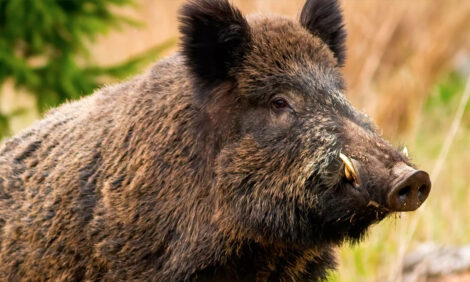



Pig waste research flush with fuel ideas
INDIANA - The “Plan for 2025“ released last year by the Indiana Department of Agriculture outlined objectives for further developing agribusiness.One worthy goal was to double pork production in Indiana during the next 20 years by better managing animal wastes on hog farms through the use of new technologies.
However, there are some real obstacles to meeting this challenge. The customary approach to managing hog manure is to create open-air pits or lagoons in which waste gradually decays.
It then is sprayed onto nearby fields. While economically attractive because it requires minimal investment, this process can result in ammonia and methane emissions (where methane is a harmful greenhouse gas when released directly into the atmosphere), various pathogens that are hazardous to human health, streams and waterways, as well as producing overwhelming odors.
Beyond this basic open-air system are three somewhat more-advanced methods used to treat manure in which technology plays a role: methane digesters, incinerators and biodiesel plants.
Methane digesters liquefy manure, which is then mixed with anaerobic bacteria that partially decompose waste to form methane for further processing as a fuel. In essence, the digester acts as an accelerated version of the hog lagoon in decomposing waste.
However, waste is not completely converted to desirable byproducts, leaving behind a residual mixture of water and insoluble solids.
Source: Fort Wayne








